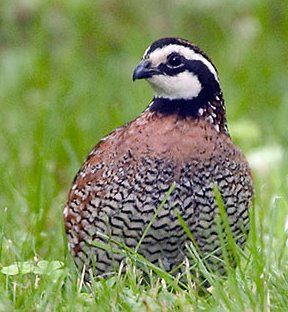Quail hunting is really fun when the birds are thick coming off a good nesting season, but it can be downright challenging when there are few quail to be found. In December 2009, I had the opportunity to hunt quail on two South Texas ranches. My expectations were low because the 2009 nesting season was nearly a total bust because of historic heat and drought conditions throughout the state. This was a nesting season where few, if any birds were produced.
Since the majority of birds in a bobwhite hunter’s bag are typically hatch-year (young of the year; juvenile birds), I knew from the get-go that we would most likely find only a few coveys for our efforts. After a hard day of hunting with good dogs and expert guides and in areas of good quail habitat, we flushed five coveys. Later in the week, after a half-day hunt on another ranch, again in good habitat, we only moved two coveys! Continue reading Texas Quail Hunting is About Timing
